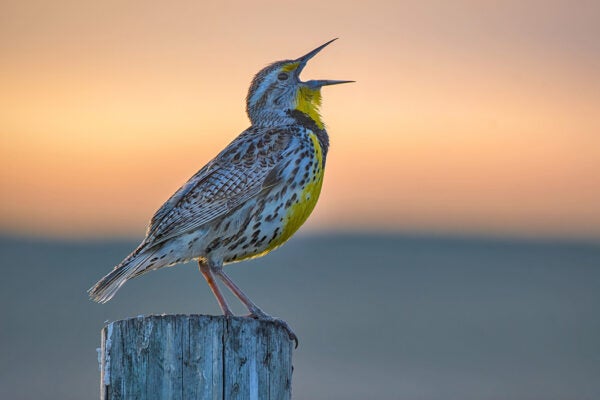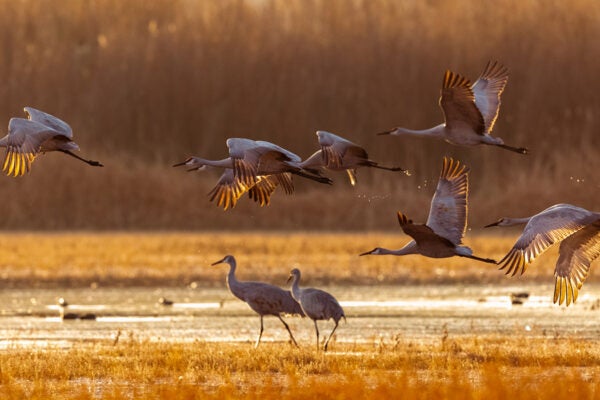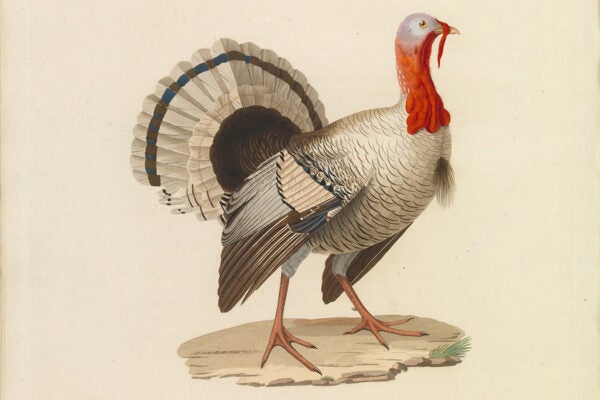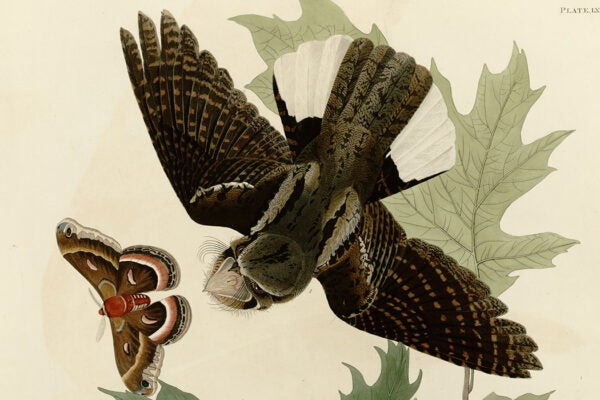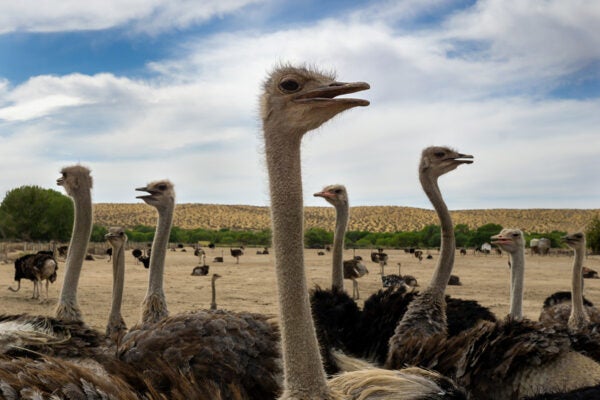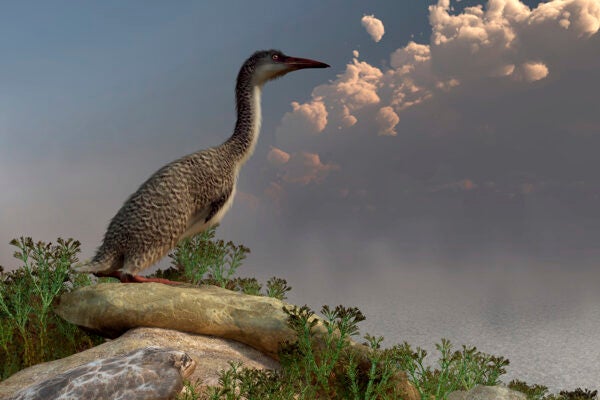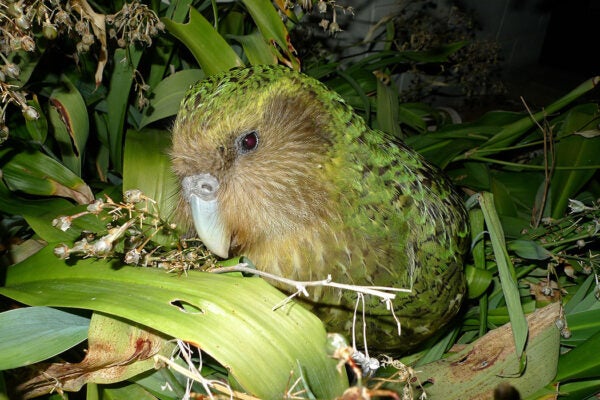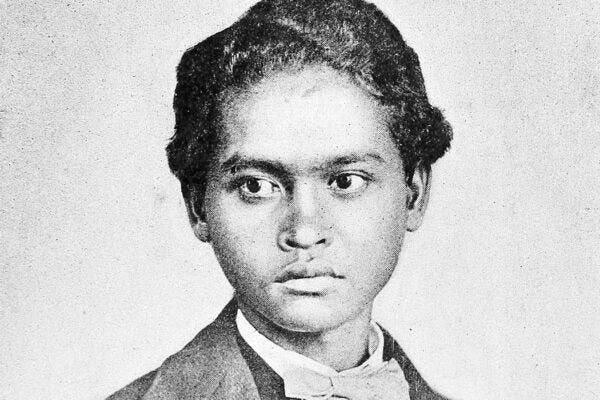Birding by Ear
How to learn the songs of nature’s symphony with some simple techniques.
How Farmers Can Help Rescue Water-Loving Birds
Cranes, sandpipers, ducks, geese and many other waterbirds have lost essential rest stops along their seasonal migration routes. Bird-friendly agriculture can assist in filling the gaps.
Hard Bites and Slow Songs
How beak size affects the singing and evolution of songbirds.
The Great American Turkey
The turkey was semi-domesticated and kept in pens in the American Southwest some 2,000 years ago—but not for the reason you think.
The Whip-Poor-Will Has Been an Omen of Death for Centuries
What happened to this iconic bird of American horror?
A Brief Guide to Birdwatching in the Age of Dinosaurs
Archaeopteryx and Hesperornis should be on the lists of any dino bird watcher.
New Zealand’s Quest to Save Its Rotund, Flightless Parrots
DNA sequencing, GPS tracking and tailored diets are slowly restoring the endangered kākāpō.
Ali: Alfred Russel Wallace’s Right-Hand Gun
Wallace wouldn't have become a famous naturalist without help from colonial networks and hundreds of locals, including his indefatigable Sarawak servant, Ali.
